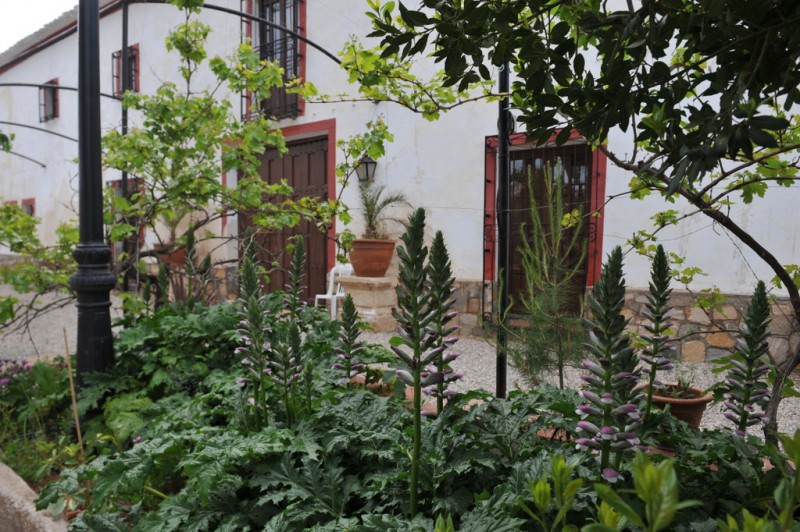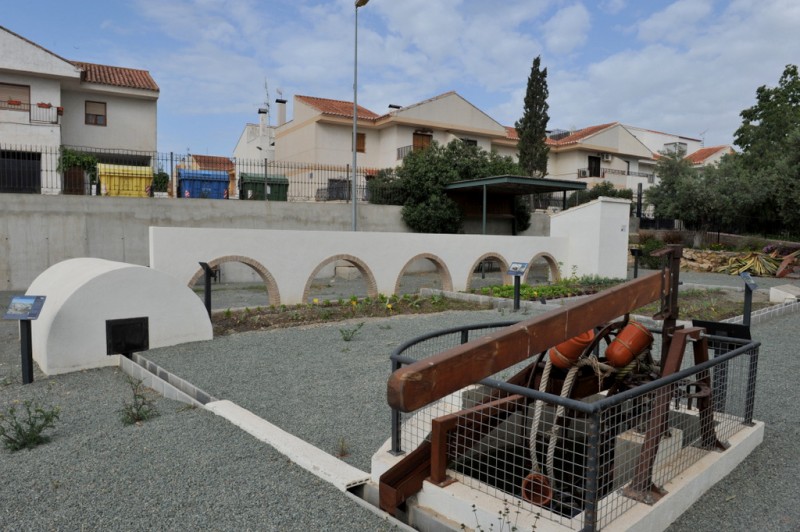- Region
- Águilas
- Alhama de Murcia
- Jumilla
- Lorca
- Los Alcázares
- Mazarrón
- San Javier
-
ALL AREAS & TOWNS
- AREAS
- SOUTH WEST
- MAR MENOR
- MURCIA CITY & CENTRAL
- NORTH & NORTH WEST
- TOWNS
- Abanilla
- Abarán
- Aguilas
- Alamillo
- Alcantarilla
- Aledo
- Alhama de Murcia
- Archena
- Balsicas
- Blanca
- Bolnuevo
- Bullas
- Cañadas del Romero
- Cabo de Palos
- Calasparra
- Camping Bolnuevo
- Campo De Ricote
- Camposol
- Canada De La Lena
- Caravaca de la Cruz
- Cartagena
- Cehegin
- Ceuti
- Cieza
- Condado de Alhama
- Corvera
- Costa Cálida
- Cuevas De Almanzora
- Cuevas de Reyllo
- El Carmoli
- El Mojon
- El Molino (Puerto Lumbreras)
- El Pareton / Cantareros
- El Raso
- El Valle Golf Resort
- Fortuna
- Fuente Alamo
- Hacienda del Alamo Golf Resort
- Hacienda Riquelme Golf Resort
- Isla Plana
- Islas Menores & Mar de Cristal
- Jumilla
- La Azohia
- La Charca
- La Manga Club
- La Manga del Mar Menor
- La Pinilla
- La Puebla
- La Torre
- La Torre Golf Resort
- La Unión
- Las Palas
- Las Ramblas
- Las Ramblas Golf
- Las Torres de Cotillas
- Leiva
- Librilla
- Lo Pagan
- Lo Santiago
- Lorca
- Lorquí
- Los Alcázares
- Los Balcones
- Los Belones
- Los Canovas
- Los Nietos
- Los Perez (Tallante)
- Los Urrutias
- Los Ventorrillos
- Mar De Cristal
- Mar Menor
- Mar Menor Golf Resort
- Mazarrón
- Mazarrón Country Club
- Molina de Segura
- Moratalla
- Mula
- Murcia City
- Murcia Property
- Pareton
- Peraleja Golf Resort
- Perin
- Pilar de la Horadada
- Pinar de Campoverde
- Pinoso
- Playa Honda
- Playa Honda / Playa Paraíso
- Pliego
- Portmán
- Pozo Estrecho
- Puerto de Mazarrón
- Puerto Lumbreras
- Puntas De Calnegre
- Region of Murcia
- Ricote
- Roda
- Roldan
- Roldan and Lo Ferro
- San Javier
- San Pedro del Pinatar
- Santiago de la Ribera
- Sierra Espuña
- Sucina
- Tallante
- Terrazas de la Torre Golf Resort
- Torre Pacheco
- Totana
- What's On Weekly Bulletin
- Yecla


- EDITIONS:
 Spanish News Today
Spanish News Today
 Alicante Today
Alicante Today
 Andalucia Today
Andalucia Today
Casa del Cura, an ethnographic and hydraulic museum in Puerto Lumbreras
The 18th century farmhouse now houses displays concerning traditional water supply and usage in Puerto Lumbreras
The Casa del Cura in Puerto Lumbreras is an old rural residence on the eastern outskirts of the town, and has been partially refurbished to house exhibits related to the means by which water is distributed to the town and the surrounding countryside and the uses to which it is put in agriculture.
At the same time, the intention is to convert the interior of the main house into an ethnographic museum, but although there are occasional visits by groups of schoolchildren this is not open at present to other members of the public.
The house stands on a plot of 7,200 square metres, which also contains flower and vegetable beds and an old well or water storage tank.

History
The Casa del Cura was built in the 18th century by a man named Juan Arcas, and was originally located well outside the built-up area of Puerto Lumbreras. A large “aljibe”, or well, provided water to irrigate the crops which were planted on the surrounding land, which was next to the transhumance farming route leading to Águilas.
In the late 19th century the farmhouse and its owner, Alberto Marzal Arcas, were named among those receiving water which had been extracted from the underground source in the Rambla de Nogalte by the use of the pipes known as the Caño and Contracaño.
The building itself is a typical two-storey “cortijo” farmhouse painted in white, and retains the original iron window-bars from when it was first built.
Exhibits
Alongside the building is a fascinating miniature re-creation of the traditional water supply system used in this part of the Region of Murcia, including a water wheel by means of which water can be extracted, a series of “acequias” or irrigation channels, a water mill and even a washing stone similar to those which were used for centuries. Some of the water is used to irrigate a small vegetable garden containing examples of some of the most popular crops, although these days Puerto Lumbreras is also well known as an important flower-growing area: particularly successful are the plantations of carnations, of which 60 per cent are exported abroad.
Next to this, in an annex building, is an informative display tracing some of the most important aspects of water supply and usage in the history of Puerto Lumbreras.
A visit to the Casa del Cura is interesting for those moving onto Medina Nogalte, helping to explain the importance of the water network in the municipality of Puerto Lumbreras.

Visiting the Casa del Cura in Puerto Lumbreras
Unfortunately the Casa del Cura is not permanently open, although in summer it serves as a pleasant outdoor bar, and for a full guided visit it is necessary to make prior arrangements with the tourist office (telephone 968 436153, email oficiandeturismo@puertolumbreras.es). The display boards regarding water supply and usage are translated into English, but the services of an English-speaking guide are not always available.
The Casa del Cura is an interesting add-on for groups visiting the municipality, and can easily be visited in the same morning as the Medina Nogalte castle and cave house complex.
Although it was originally a rural property, the Casa del Cura is now located in the eastern outskirts of Puerto Lumbreras, just off Calle Orfeón Fernández Caballero and next to the turn-off on the RM-D16 road which leads to El Esparragal and La Estación (click for map location).
Click for further information about the Puerto Lumbreras municipality



